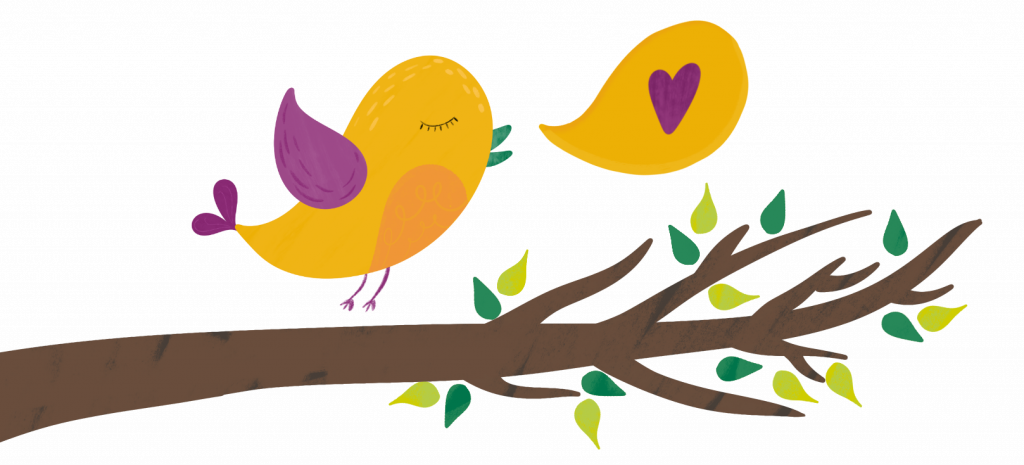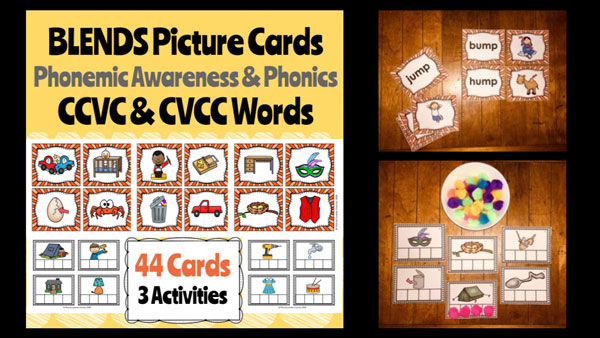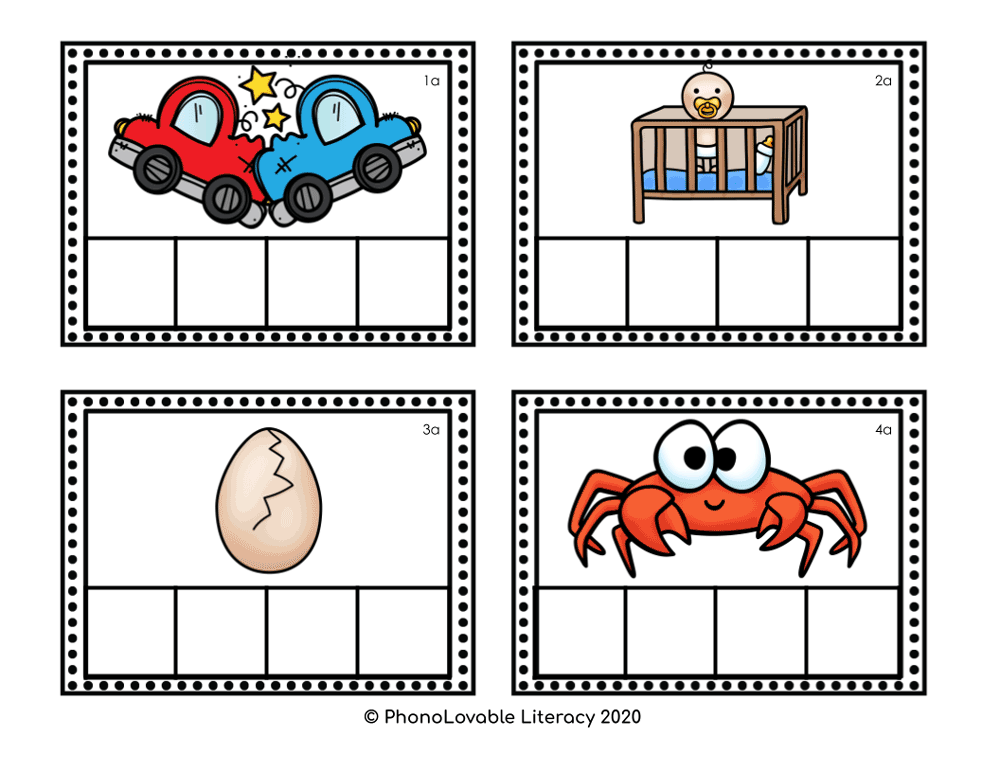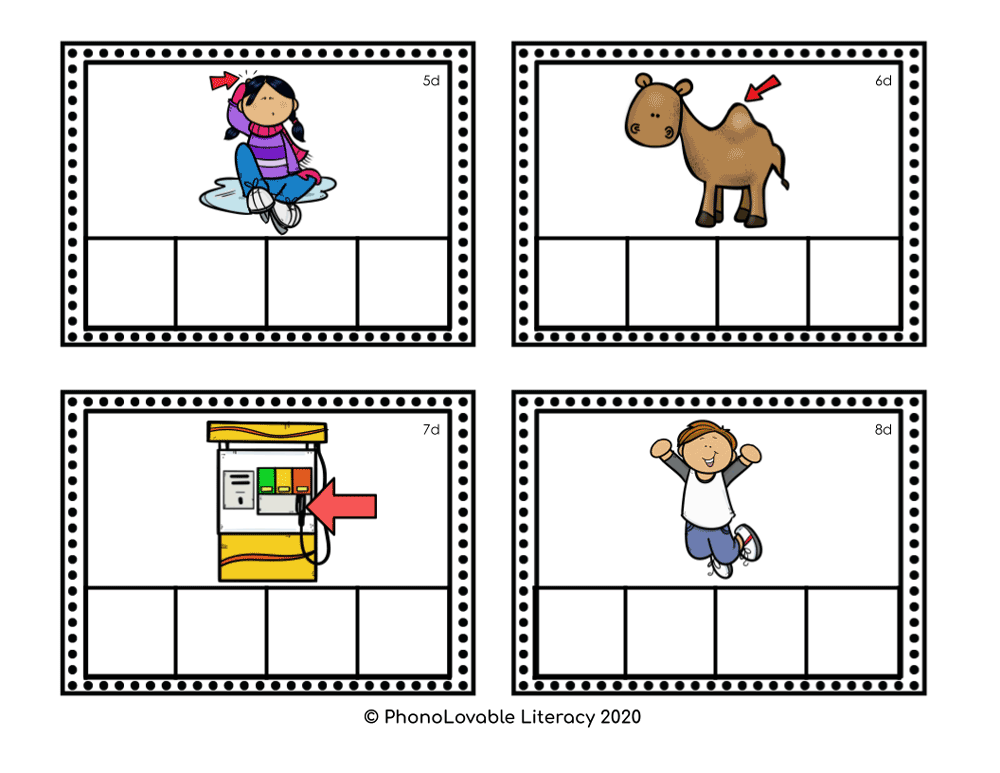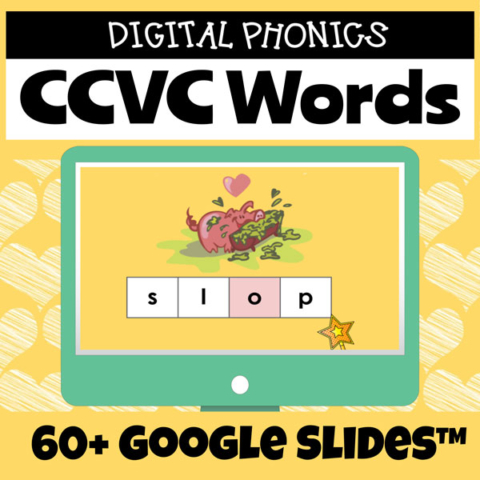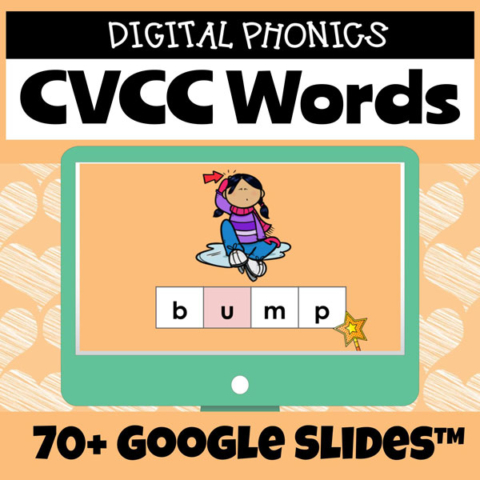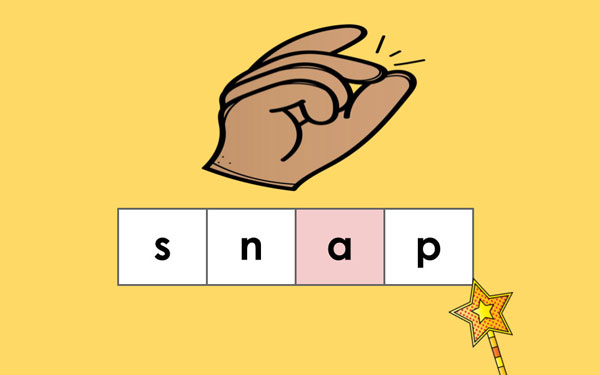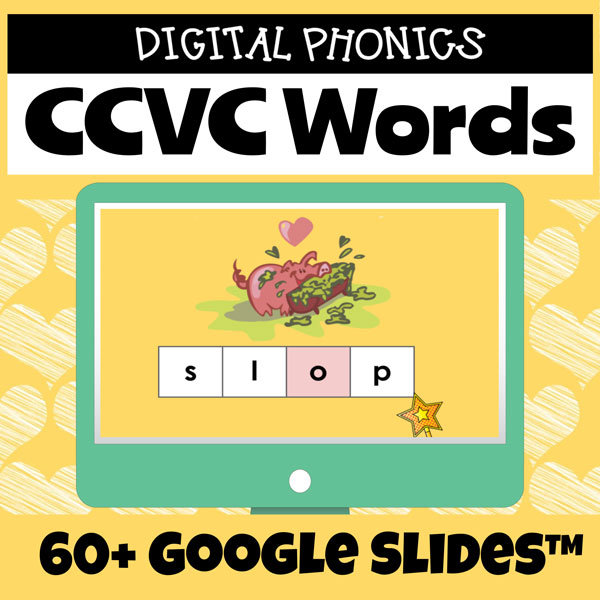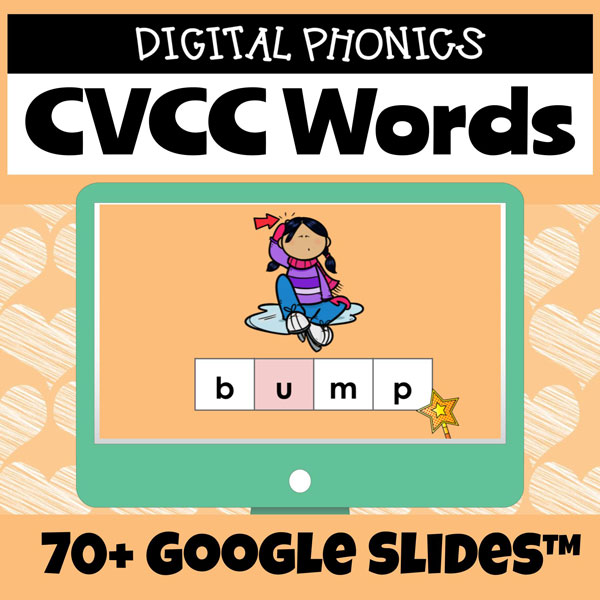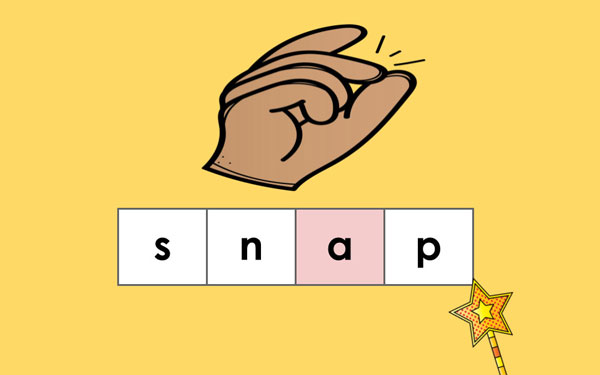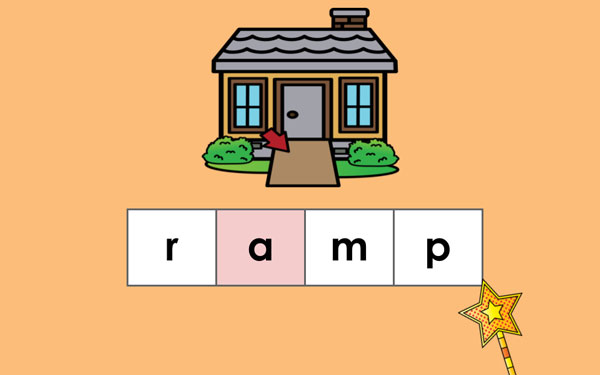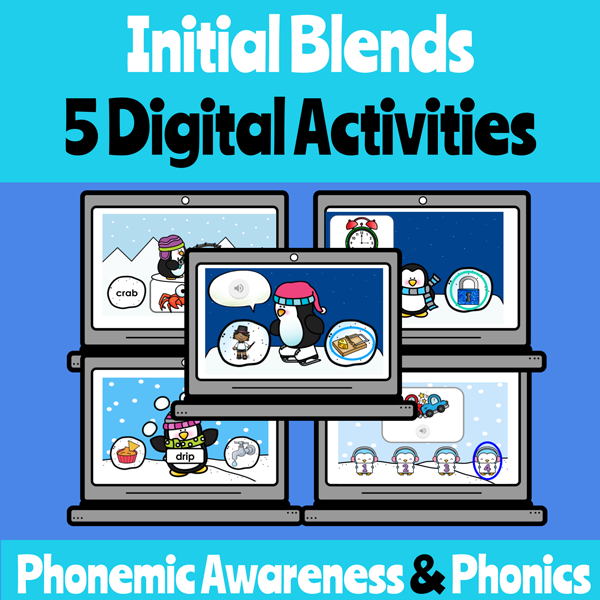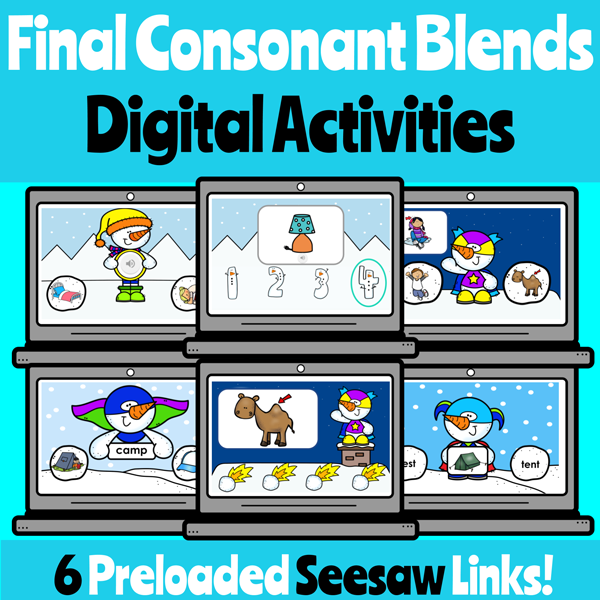Have you ever heard a child read the word stick as “sick”? Or lamp as “lap”? This is a common struggle, especially with students just beginning their journey as readers.
These young learners may have mastered CVC words and words with consonant digraphs (2 letters representing 1 sound), but many of them get stuck on the words containing consonant clusters (2 or more letters representing separate sounds), otherwise known as “blends”.
How can we best teach consonant blends in a way that will help our little friends jump over this next hurdle? I will be discussing a common practice that is NOT advised, as well as sharing easily implemented, fun, and effective alternatives that will better serve our children.
First, What Not to Do When You Teach Consonant Blends
Don’t teach blends as single units to be memorized. Why?
- Kids who struggle with reading are already overwhelmed. Some of them may have weaknesses in memory. Why place an extra burden on them when it’s not necessary? There are SO MANY different combinations of consonants, 2-3 letter combos at the beginning of words, (sk, st, gl, cr, gr, pl, str, spr, spl, and on and on) as well as at the end (nt, sk, st, nd, mp, etc.). If children know the sounds of each individual consonant, there is no reason to ask them to memorize blends as units of put-together sounds.
- It can also be detrimental because after learning blends as units, students tend to ADD an extra consonant sound where it doesn’t belong. They might say “frog” for fog or “plan” for pan. When they see a word with 2 or 3 letter consonant clusters, they may think, “Uh-oh, that’s one of those 30 letter combinations I was supposed to memorize,” get nervous, and guess at the word.
What to Do Instead
- Integrate phonemic awareness. Start with oral blending first. If children can blend, segment, and manipulate words orally, they will have an easier time reading those same types of words. Blending sounds orally will help students with decoding. And segmenting words into individual sounds will yield great benefits in spelling.
- Continue to focus on the SKILL of blending. The action. The process. That’s where the magic happens in reading. It gives children the power. They don’t have to memorize a list of words or flashcards. Students become empowered to decode the words in front of them, having been given the tools to do so, such as through the explicit teaching of phonics and phonemic awareness. In this approach, we teach our kids to pay careful attention to each grapheme-phoneme correspondence (also known as letter-sound correspondence, or the relationship between letters & sounds) from left to right, and read all the way through the word.
5 Multisensory Ways to Teach Consonant Blends
See below for 5 multisensory strategies to make this instruction fun and effective:
1. Phonemic Awareness with Visuals
Visuals help ease the load of working memory. Plus, they make your lesson more engaging and help your kids focus. Children may even learn a new word or two. I add sound boxes to my visuals, whether they are on printed cards or animated slides. Kids who like to move their whole bodies can jump in sound boxes made out of tape placed on the floor. Have fun with it!
Here’s a free card set to practice these important skills:
2. Blocks or Tiles to SLIDE
My students love using blocks to decode words with blends. I use the stickers from Lively Letters, putting them on 1-inch wooden blocks, and the kids have to make sure to touch each block (spaced apart) as they say the sound for that letter. Then they SLIDE the first block into the rest, really STRETCHING OUT the sound, and glide their finger across the word to blend the sounds from left to right. If this seems like too much effort to prep, you can just use letter cards. When teaching remotely, I created this same effect with animated letter tiles for decoding and encoding words with blends.


Find no-prep lessons for initial blends & final blends here:
3. Minimal Pairs / Word Chains
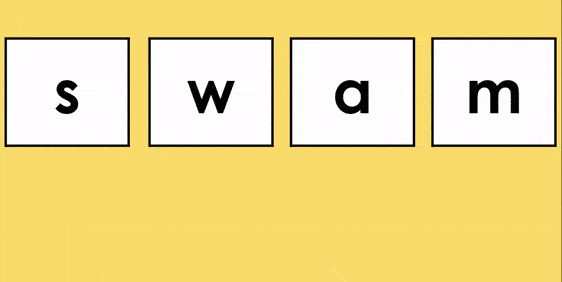

I have my kids read word pairs, in which only 1 sound is different. I put them on Google Slides, but you can also use index cards or just write your word pairs on a whiteboard. This forces them to really pay attention to the letters. If you write pan and plan on the board and they read both of them as “pan”, they get a look on their faces like, “Wait a minute, I need to look more carefully.” We are training them to get out of the habit of guessing and get into the habit of tracking the word from left to right, all the way through, paying extra close attention to those consonant clusters.
I add minimal pair/word chaining activities in many of my no-prep slides. I also create mystery picture activities in the slides, in which students have to read a word chain in order to reveal a picture on the screen. They love guessing what the picture will be. To add even more reinforcement, I assign minimal pairs activities for independent practice in Seesaw.
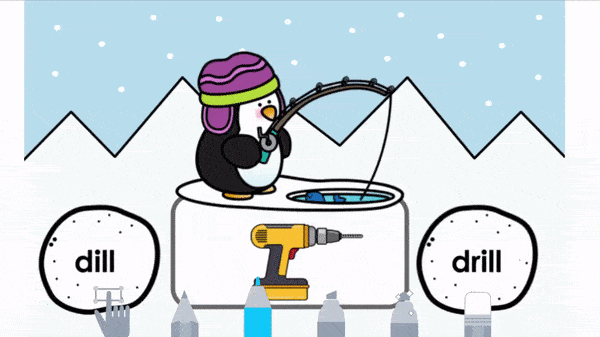

I found out about Seesaw during distance learning days. It’s an online platform that gives kids the opportunity to work independently in multisensory ways while allowing teachers to get a clear picture of what students can do. It’s something that can still be very beneficial during in-person instruction as well. For example, you can assign differentiated activities for kids to stay engaged in productive work while you are focused on teaching a small group.
Get your free copies of Seesaw activities to teach consonant blends (initial blends and final blends).
4. Mirror / Close-Up of Mouth
When I work with small reading groups, I keep a handheld mirror nearby for students to see their mouths move as they say each individual sound in words with consonant blends. I also ask them to FEEL how their mouth changes for each sound. Both of these things help them when they blend those sounds together into a word. During remote teaching, I often put my mouth up close to the screen as I modeled blending sounds and I asked them to do the same. I want to make sure the good habits are formed of paying close attention to all the letters in a word. This helps with advanced phonemic awareness activities like deleting the initial sound in words with beginning blends, such as taking off the /b/ sound in brush or the /s/ sound in snack.
5. Games!
I play games with my students almost every day, usually for the last 5 minutes of a lesson or as a fun introduction to get kids feeling happy, relaxed, and ready to learn. These can be as simple as I Spy with objects you have around you. I spy a b-r-u-sh. You say the sounds. Students blend and say the word. Another fun one is Mystery Object. Gather a bag of objects and give clues. “In my mystery bag, I have a lum with a /p/ in front.” Students say “plum!” and then I pull out the fruit, taking a big juicy bite for dramatic effect :). I also make digital versions of I Spy and Tic Tac Toe games and include them in some of the lessons that I project on a big screen. You can also find tons of fun games and activities for reading words with blends on Wordwall and Pink Cat Games. There are free versions of each.
Final Thoughts on Teaching Consonant Blends
Although consonant blends can be tricky for beginning readers, with practice and the right strategies, they will gain confidence and achieve success. With these approaches, words will become orthographically mapped in students’ minds. Children will eventually be able to read the words instantly, which is what we want. When that mental energy is freed up by not having to struggle with each word, students have the brain power to focus on meaning, and reading becomes much more enjoyable!
